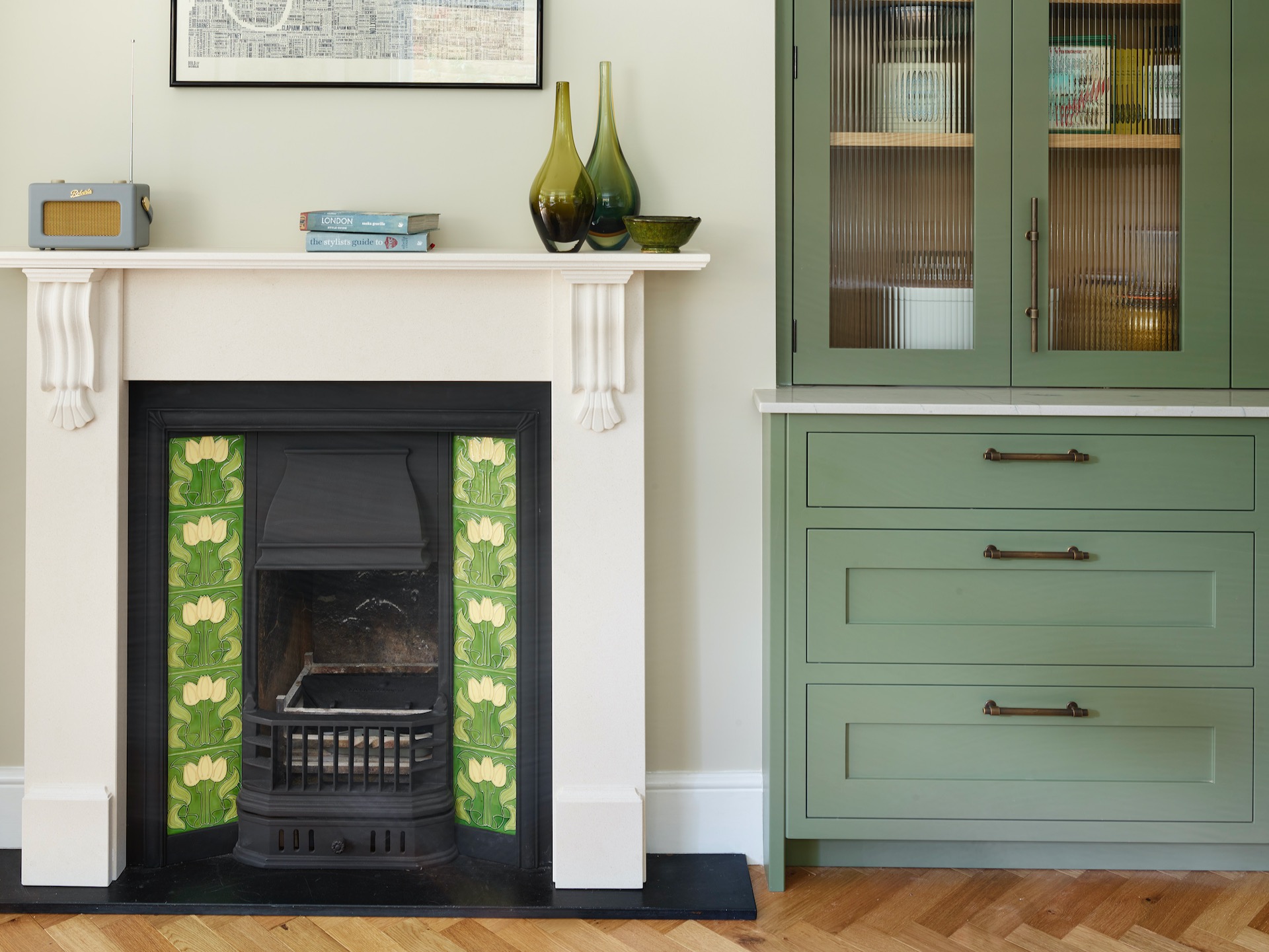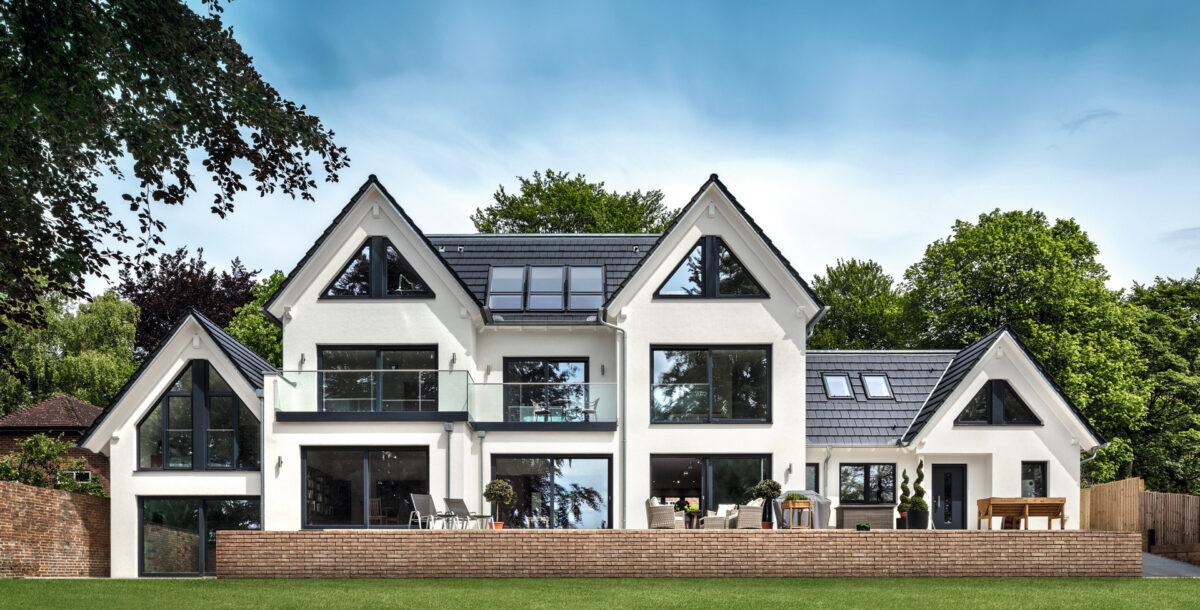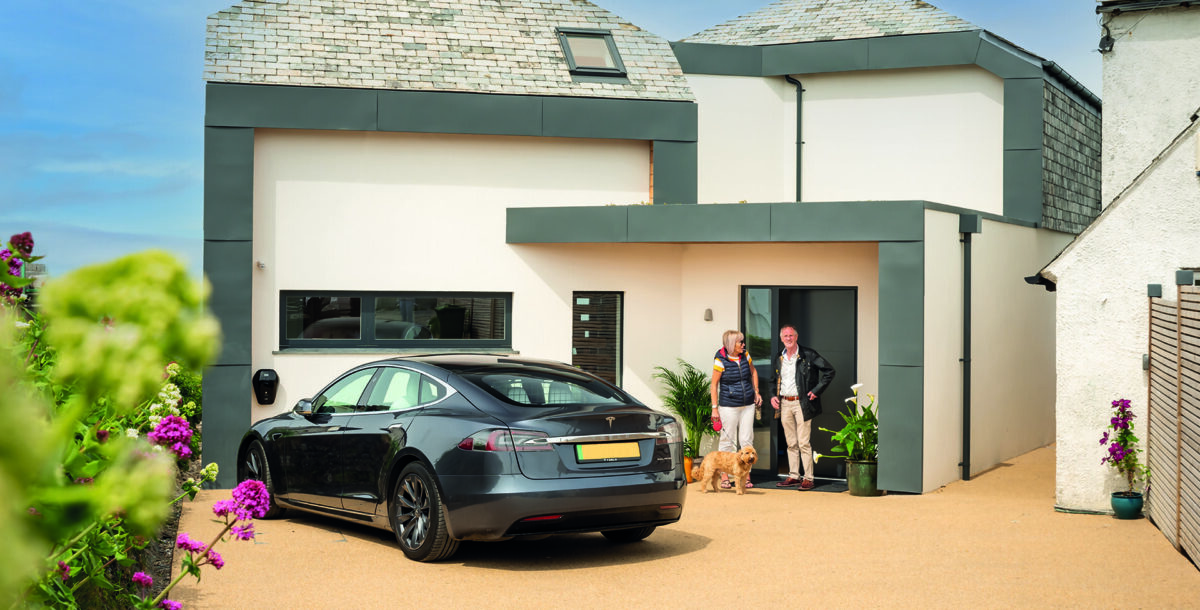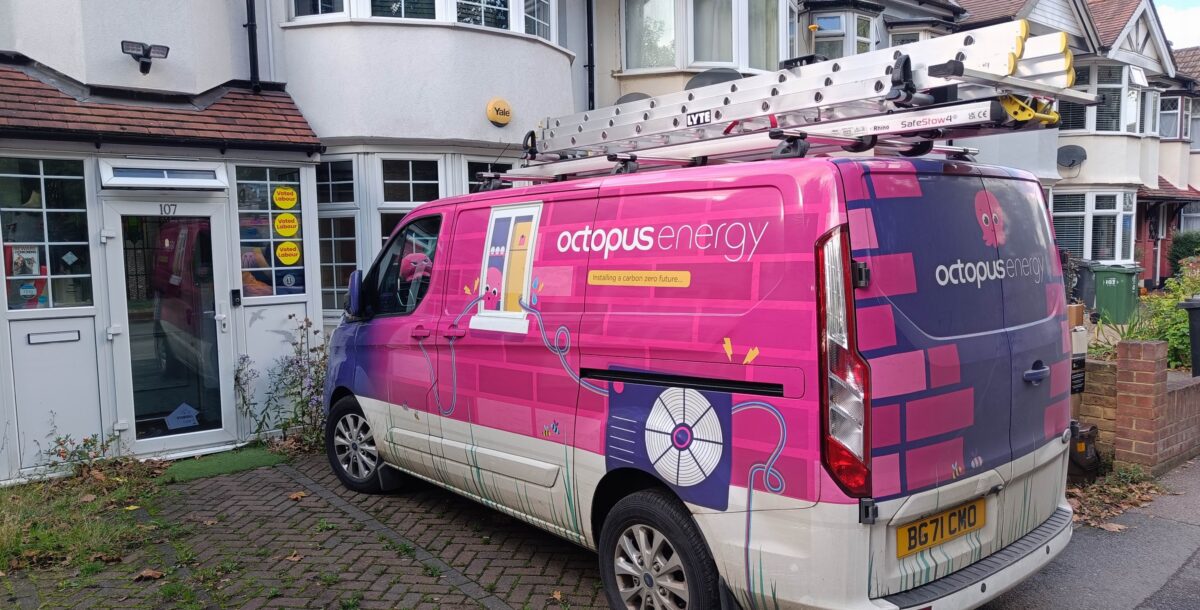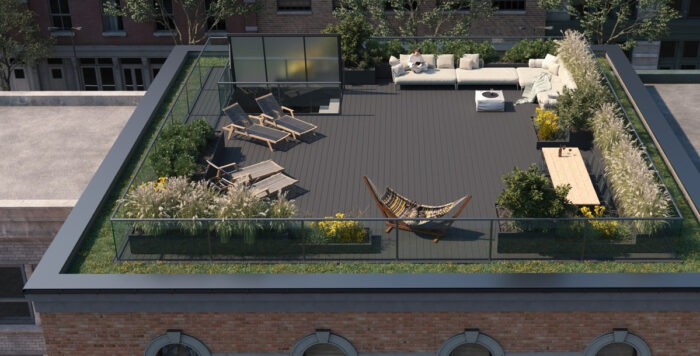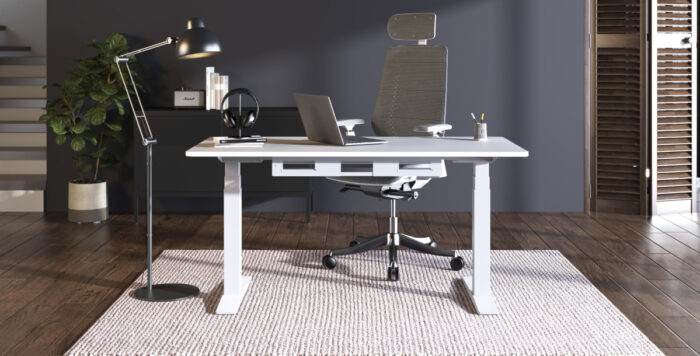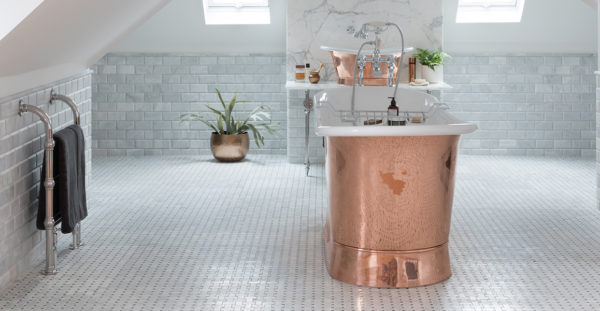Chimney breast removal: everything you need to know
Is it worth removing that chimney breast? Our experts explain the process and what can be achieved
The idea of removing a chimney breast can be tempting. Especially if you can’t solve the conundrum of where to put the TV in your postage stamp of a living room, or are suffering from too little wardrobe space in a bedroom.
Then again, it might also feel risky. What if potential future buyers are put off by the absence of this period feature? And will your house be structurally sound after the work? Also, how much is it going to cost and is it worth it?
To put your mind at ease, and ensure you have all the facts at your fingertips, we’ve asked the experts all about chimney breast removal – from whether it’s a good idea and what’s involved, to the costs and whether you’ll recoup them through added value to your home.
Why might you want to remove a chimney breast?
We asked Rick Fabrizio, a RIBA chartered architect and consultant for Hii Guru, what prompts people to remove the chimney breast from their homes.
“The most common reason is to increase the space available in a room,” he says.
“It usually happens when a client is looking for a sleek, more modern design. Or perhaps they are repurposing a room – putting a bedroom in what was a reception room, for example.
To gain extra wardrobe space, they might decide to remove the chimney breast completely, rather than make do with storage on either side.”
Rear and side-return extensions can also prompt a homeowner to consider taking out a chimney breast, particularly if it makes a room appear lopsided.
“When you extend a stretch of wall, you may find that the chimney breast is no longer centred within that wall – it creates odd spaces,” says Rick. “This is especially true of rear kitchen extensions, where a chimney breast can interrupt a potential run of cabinets.”
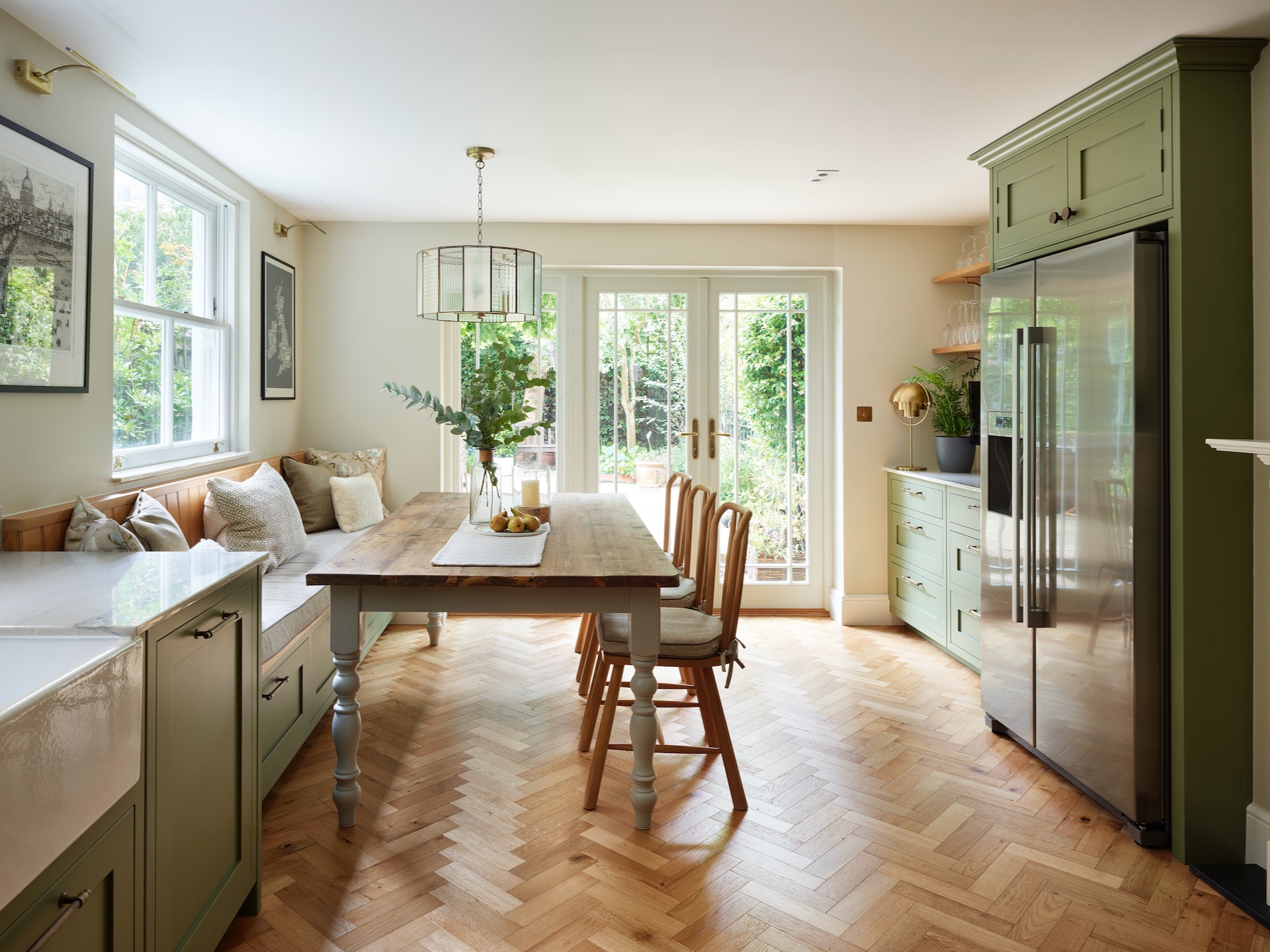
In this kitchen by Davonport, the designer has cleverly repurposed the chimney breast as housing for a large fridge freezer. But it could be worth removing the chimney if space is tight and you’d prefer a full run of countertop space.
Removing the chimney – a kitchen designer’s view
“Our preference would be to always keep the chimney and work it into the new kitchen design,” says Richard Davonport, managing director at Davonport.
“Often in kitchen in a period home, it is part of the character. It could be repurposed into where an oven or range sits, and the chimney used as the extraction flue (with a little altering).
We have even kept the period fireplace and utilised other areas of the kitchen for cooking.
“A bespoke kitchen designer thrives on finding solutions and answers to tricky design issues, and so having a chimney to work around shouldn’t cause an issue.
“The only sticking point is if space is tight, even with an extension, which might mean there is no other alternative, but this is very rare.
“If a chimney is removed, it does remove the need to think outside the box with the kitchen layout, which makes our life easier and potentially allows greater flexibility.”
Do I need planning permission to remove a chimney breast?
You won’t usually need planning permission to remove a chimney breast – the work can often done under permitted development.
However, if you live in a listed building you will need to be granted listed building consent before you can remove the chimney.
And if your home is listed or in a conservation area, you may be required to keep the visible part of the chimney – the stack – so that the look of the building and its setting isn’t changed.
It’s essential that you let your local authority know of your intentions before you start work in these cases.
Do note that permitted development doesn’t apply to flats and maisonettes, so removing a chimney breast in this instance is highly unlikely.
Also, if you own the property leasehold, you will need the freeholder’s permission before removing a chimney breast.
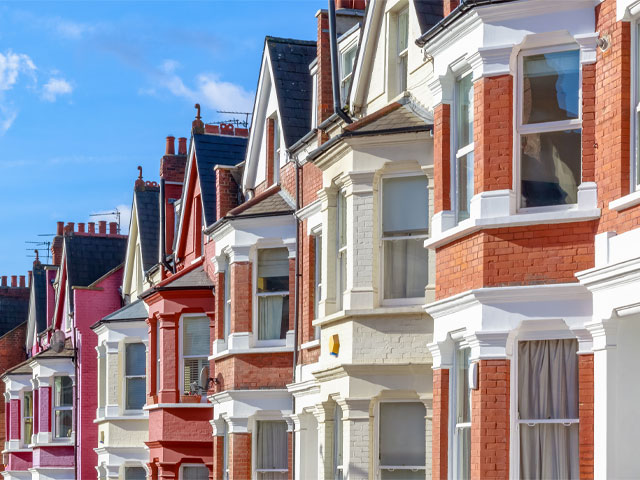
If you live in a conservation area, you may be required to keep the visible part of the chimney – the stack – intact.
Will I need building control sign off to remove a chimney breast?
Yes, the work should be signed off by building control under Part 1 and Classes A and G of permitted development rights (enlargement, improvement or alteration, and chimney, flues, etc).
“You will certainly need to inform building control about what you intend to do, and they will require the calculations to understand how the stack of the chimney will be supported if you are keeping it,” explains Rick, who says it is essential to hire a structural engineer.
They will need to provide the necessary calculations and method that prove it’s safe to take out the breast and flue, and that any remaining parts of the chimney are adequately supported.
“The chimney breast is part of the structure of the house, strengthening the wall,” says Rick.
“If you live in a semi-detached house, or terrace, you need to know, for example, whether your neighbour has removed the chimney breast on the other side. You need to understand if it’s going to be a complete removal or only on a specific floor.”
“There may also be implications with the choice of the floor,” says Rick.
“Again, the engineer will have to provide details of how the floor is ‘patched up’ on all floors to insure it is supportive and safe to walk on.”
Chimney breast removal and party wall agreements
If your chimney is on a ‘party wall’ – in other words, a wall shared with a neighbour, you will need to acquire a party wall agreement with that neighbour before you can remove it.
It may be that your neighbour has already removed their side of the chimney breast, which will have implications on how you go about the job. Or they may decide to have their chimney removed at the same time, which could make things easier.
Things to consider before you remove a chimney breast
If you are seriously considering removal, it’s worth going through this checklist beforehand to ensure you are doing the right thing by the property and its functionality.
- Do I rely on the fireplace as a heat source? “Consider the impact on heating,” says Richard Davonport. “A chimney serves a purpose as a way of helping to heat the home so be sure to make allowances with additional radiators or underfloor heating.”
- Will it take away from the character of the property? If you have a period home and go to sell, could removing the fireplace be detrimental and affect the asking price?
- Am I keeping part of the chimney breast or stack? If you are only removing the fireplace from one level, or need to keep the stack for conservation reasons, the remaining construction will need to be supported by a steel beam or RSJ.
- Will the floor be affected? Will you need to add extra joists and beams to support the floor once the chimney is removed?
- Will I value the extra space created? It could make all the difference in a smaller property, and allow you to reconfigure a room’s floorplan – by adding wall-to-wall storage or re-siting a staircase, for example.
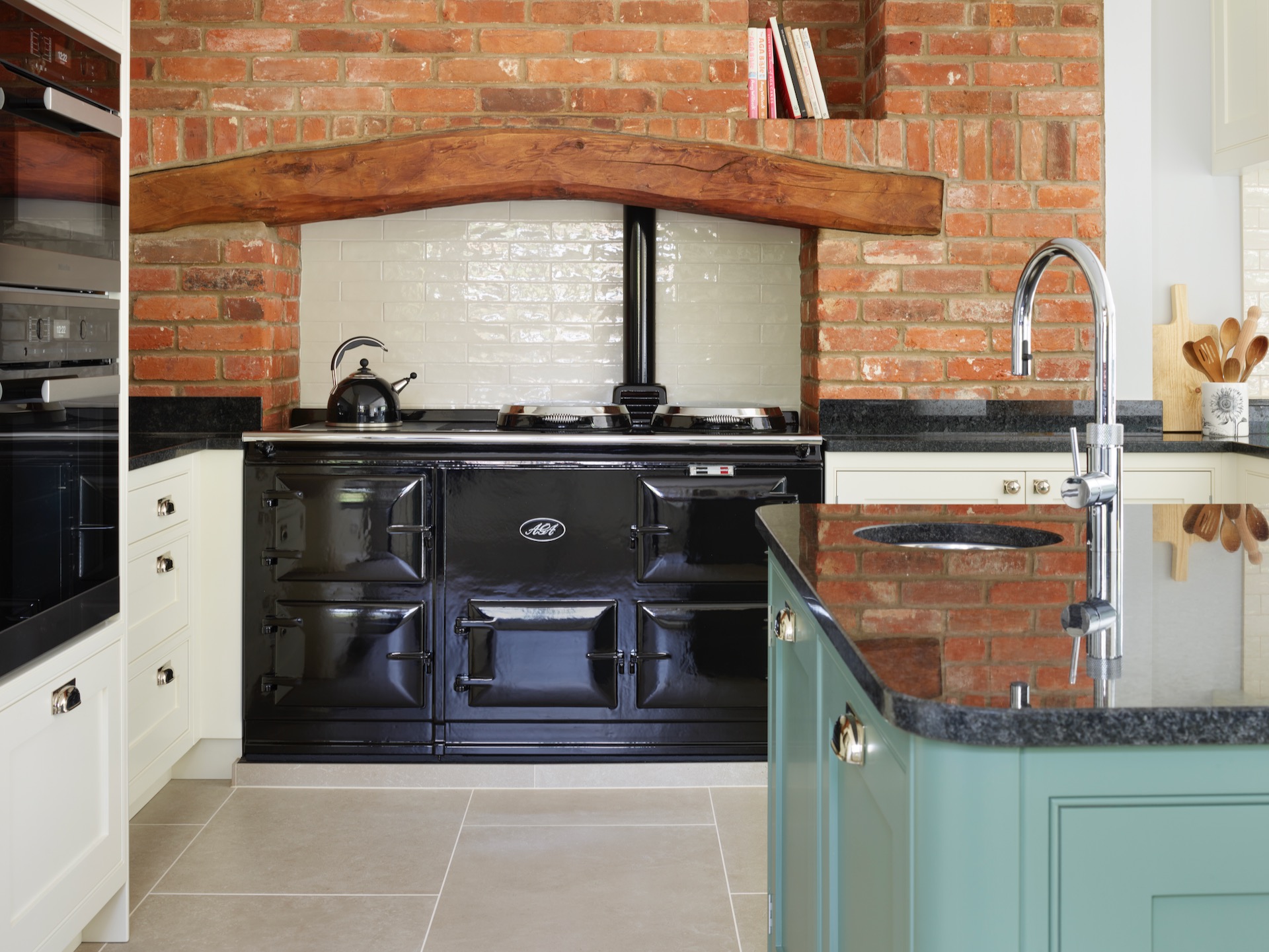
Think twice before you remove a characterful chimney, as it could add value to your home. In this Davonport kitchen, the chimney breast houses an Aga and flue.
How much does it cost to remove a chimney breast?
The cost of removing a chimney breast is tricky to estimate, as it’s usually part of a bigger schedule of work.
However, our experts give figures of between £6,000 and £10,000, depending on whether it is being removed in isolation or as part of a renovation project.
“It really depends on the scope of work and whether there are more things involved,” says Rick Fabrizio.
“If you are calling a team of three people, hiring a skip for all the brick and waste created, removing only the chimney breast and making good the floor and walls, it could be high ticket.
“But if it’s tied in with other work, it will be cheaper.”
“It also depends where you are in the country,’ adds Rick. “In London it will probably be more expensive than in other areas. I’d expect a figure somewhere between £6,000 and £8,000.”
“It can be expensive, adding up to £10,000 on to the cost of your renovation project as it is often part of the foundations and a key part of the structure of your home,” says Richard Davonport. “So it is something to think seriously about.”
Is removing a chimney breast a DIY job?
We would advise anyone against taking a sledgehammer to their chimney breast and doing the job themselves.
It’s vital to get a structural engineer involved.
“It’s not a DIY job for the simple reason that when you remove the brickwork, you need to understand whether things are solid or if you risk bricks crumbling down,” says Rick Fabrizio.
“You don’t want to cut something and then all of a sudden part of the chimney breast collapses inside the room.
“That can be very dangerous. It’s always better to use a team of professionals to handle the process safely. And they will have insurance, so that anything goes wrong, your house will be protected.”
How long does it take to remove a chimney breast?
Rick Fabrizio estimates that a chimney breast removal can take between two and six days, depending on how much of the chimney is being removed, the structural support needed and how tricky it is to repair the walls and floors.
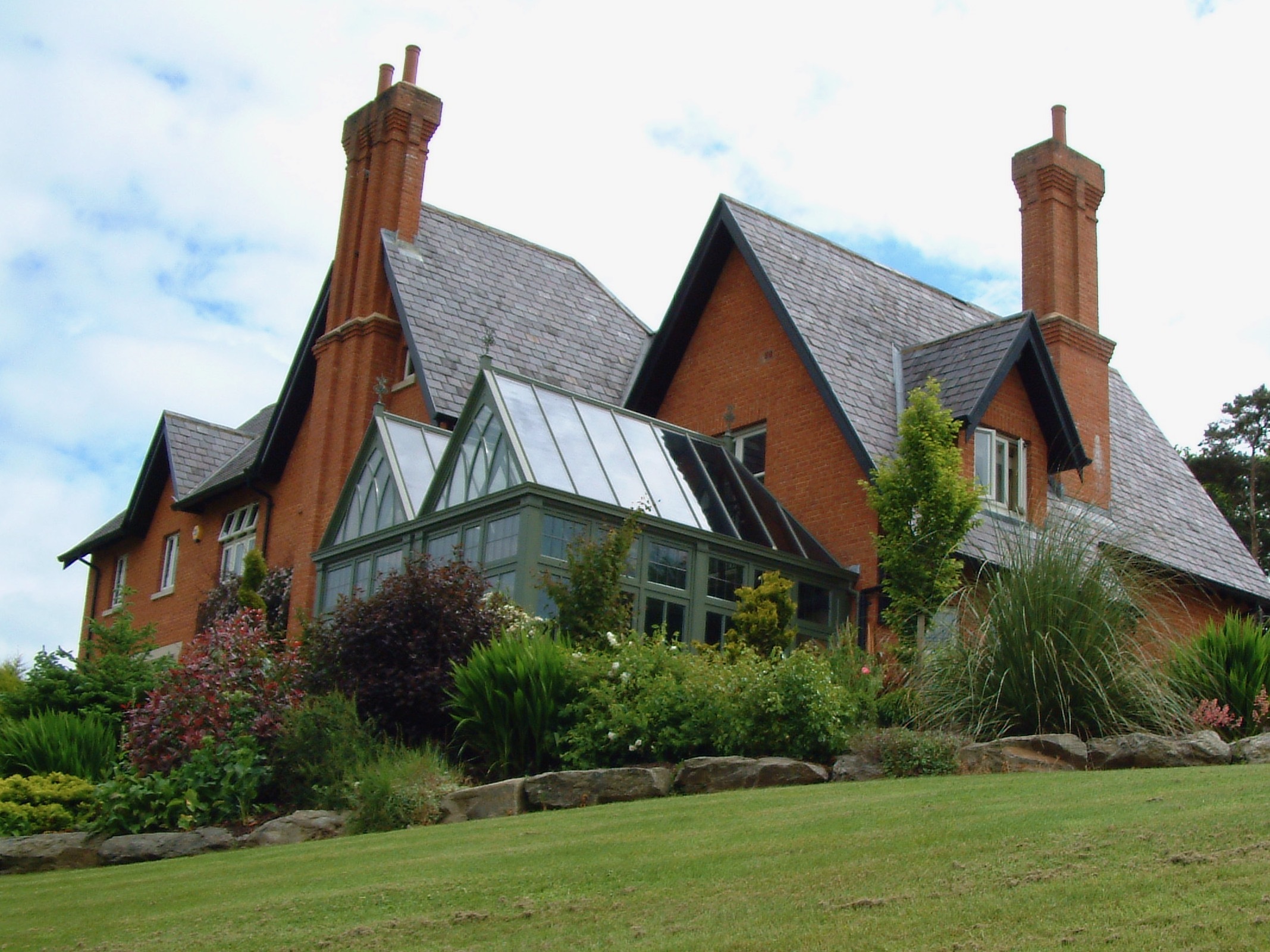
In this stunning period property, the chimneys have aesthetic value, and it could be unwise to remove them. Image credit: Hamptons Conservatories
What’s involved in removing a chimney breast?
Rick Fabrizio warns that this isn’t a job for the faint-hearted. “Expect a lot of noise, and a lot of dust,” he says.
Before your builders start work, it’s helpful if you can clear the furniture from any rooms affected by the work. “Your trades should protect all your floors and any furniture that can’t be removed,” says Rick.
“Next, the brickwork will be cut away and removed more or less by hand – usually with electrical tools rather than a sledge hammer, as this is safer and more precise,” Rick continues.
“Sometimes the bricks are upcycled in another part or your build, or taken to another project.”
“If you are removing part of the chimney breast, the remaining top stack is a very heavy element and has to be supported with an RSJ or similar,” he adds.
“It’s never removed right to the very top of the attic in these cases, because the weight of the part outside would not be counterbalanced and it could cause cracks in the structure.
“So there is always a certain bit of chimney that is preserved within the attic to make sure the stack doesn’t tip over.”
Once the brickwork is removed and any remaining parts of the chimney supported, attention will turn to the floor. “If the flooring requires support, it may be required to extend or supplement the joists, before patching up the floor,” says Rick.
“Finally your room will be cleaned – a lot!” he adds.
Is removing a chimney breast a job worth doing?
“In most cases it’s feasible and potentially a good idea if you want to gain some extra space,” says Rick Fabrizio.
“It changes slightly if the house has some historic value and there are some particular features, such as a decorative fire surround, that it may be more interesting to preserve.
Basically, it depends on the specific case. In most cases, in Victorian houses where there’s not much detailing, it’s helpful to remove a fireplace and make better use of the space.”
“Removing a chimney breast can create more space and more space often results in more value,” agrees Rob Smith, managing director of estate agents Ellis & Co.
“However, if you’re lucky enough to live in a London period property, there are other factors you should consider before removing a chimney breast.
“If removing a chimney breast means losing period features in your home, such as a Victorian or Edwardian fireplace, this could affect its saleability – and what buyers are prepared to pay for it.”
“Removing a chimney breast is also an expensive renovation – cash that you’re unlikely to recoup through added value.”

